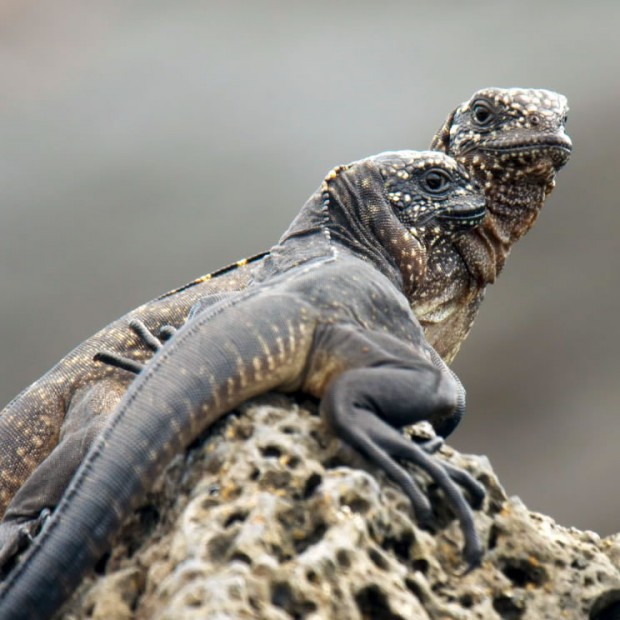
Researchers from the University studying the effect of climate change on emperor penguins over the last 30,000 years have found that only three populations may have survived during the last ice age. The Ross Sea in Antarctica was probably the refuge for one of these populations, when much of the rest of Antarctica was uninhabitable due to the amount of ice.
The study examined the genetic diversity of modern and ancient emperor penguin populations in Antarctica to estimate how they had been changing over time. However, the team discovered that conditions were probably too harsh for emperor penguins during the last ice age and that the population was roughly seven times smaller than today
Gemma Clucas, a PhD student from Ocean and Earth Science and one of the lead authors of the paper, explained:
“Due to there being about twice as much sea ice during the last ice age, the penguins were unable to breed in more than a few locations around Antarctica. The distances from the open ocean, where the penguins feed, to the stable sea ice, where they breed, was probably too far. The three populations that did manage to survive may have done so by breeding near to polynyas – areas of ocean that are kept free of sea ice by wind and currents.”
Climate change may affect the Ross Sea last out of all regions of Antarctica. Due to changes in wind patterns associated with climate change, the Ross Sea has in fact experienced increases rather than decreases in the extent of winter sea ice over the last few decades, although this pattern is predicted to reverse by the end of the century.


